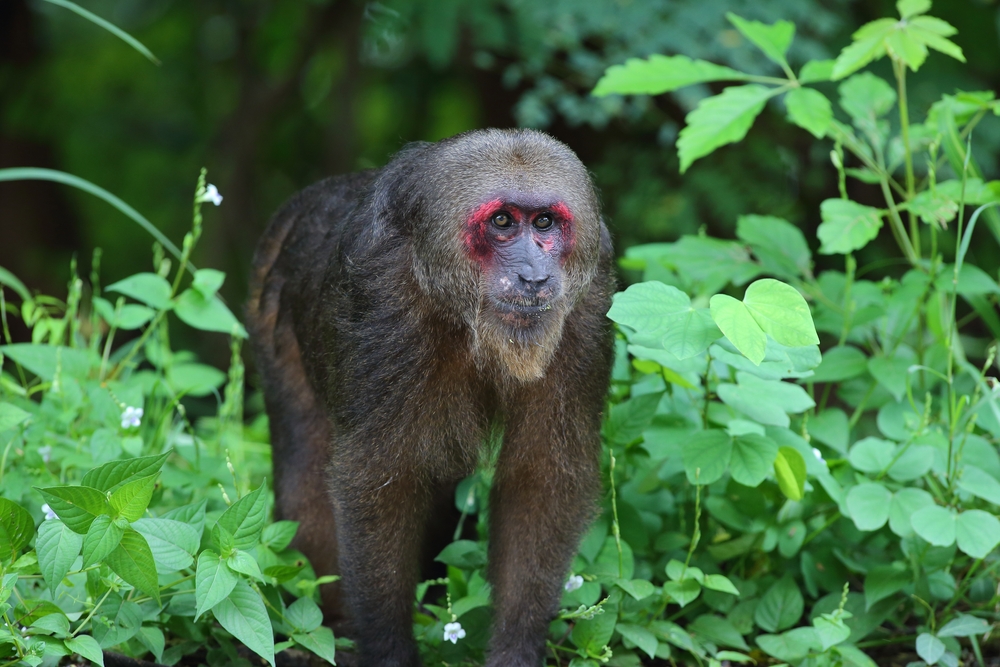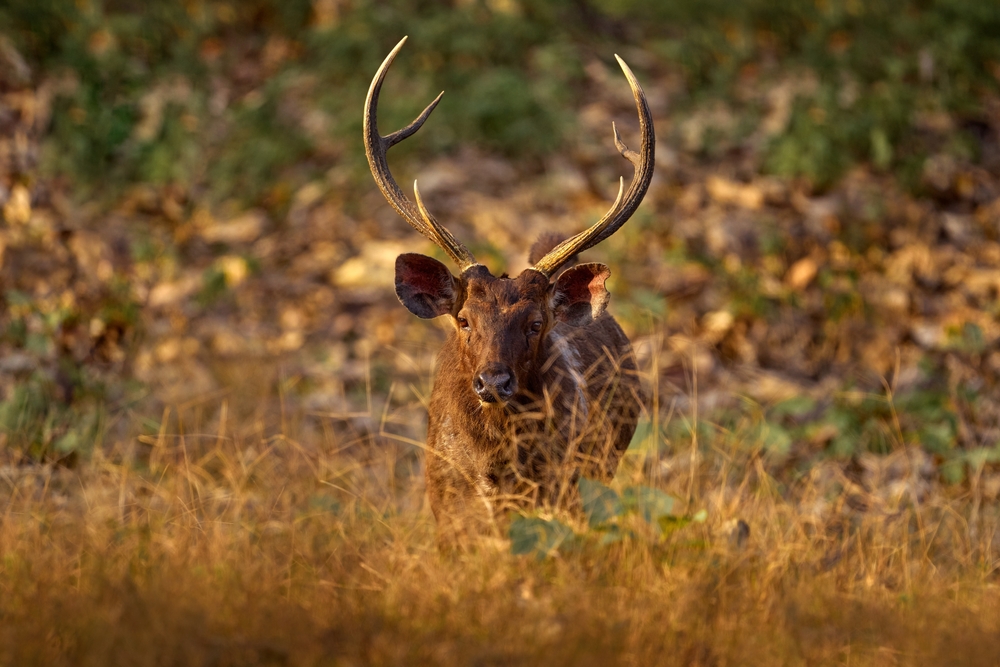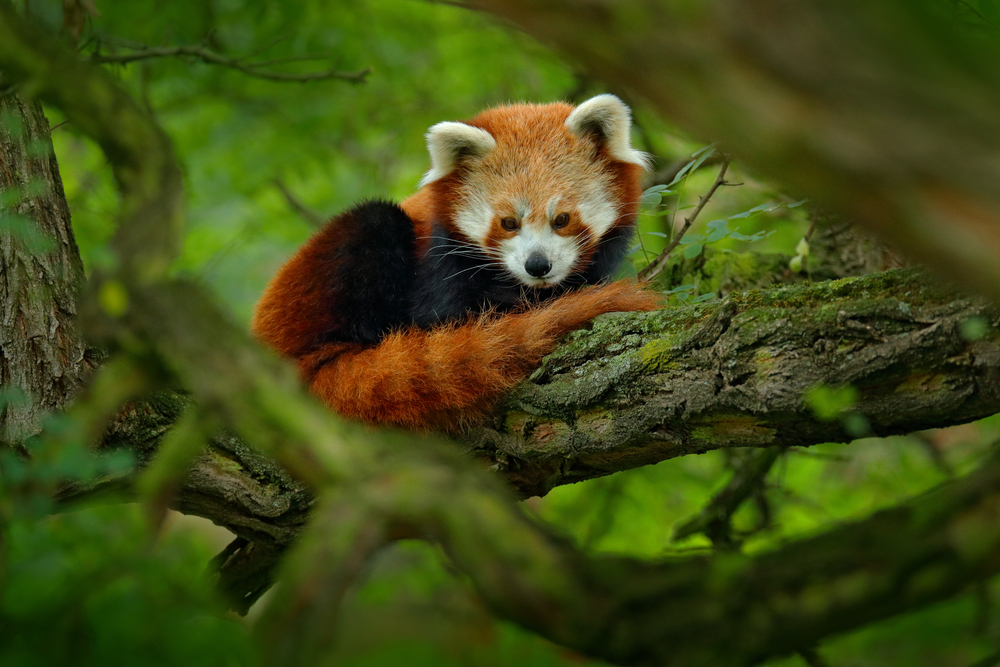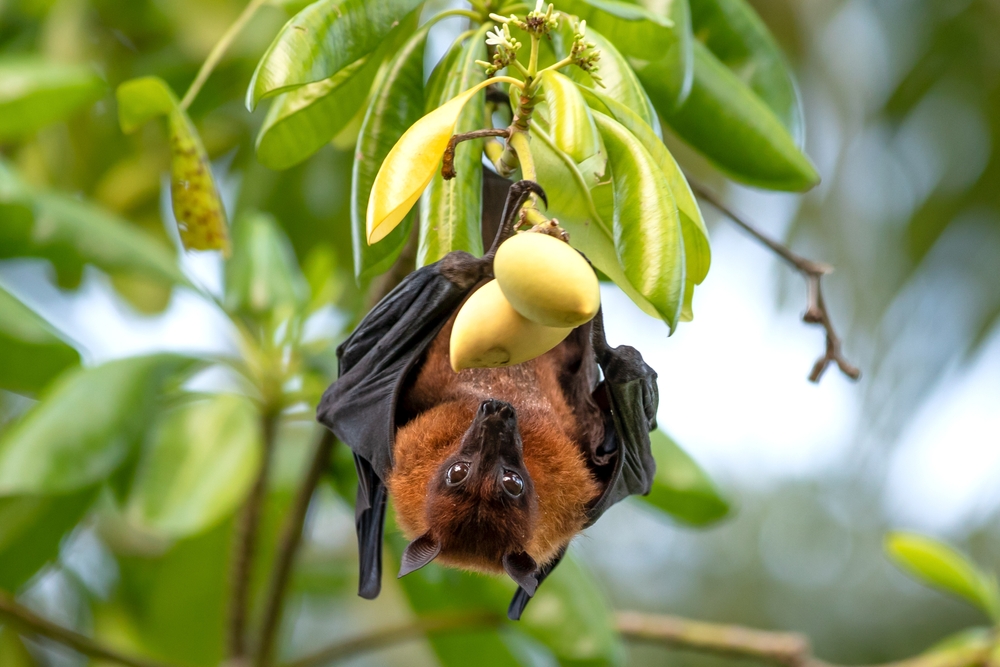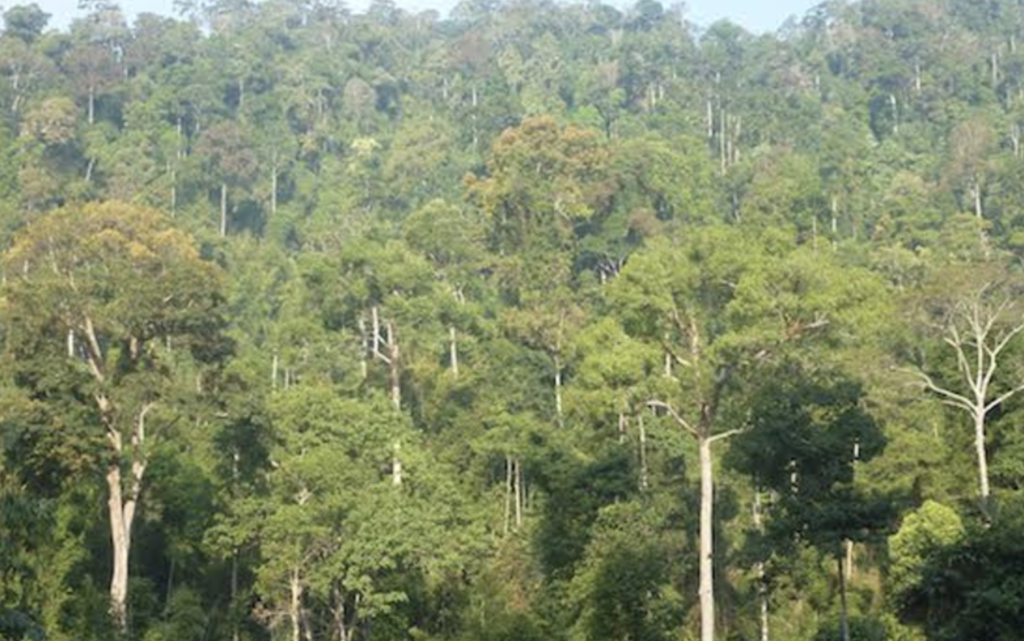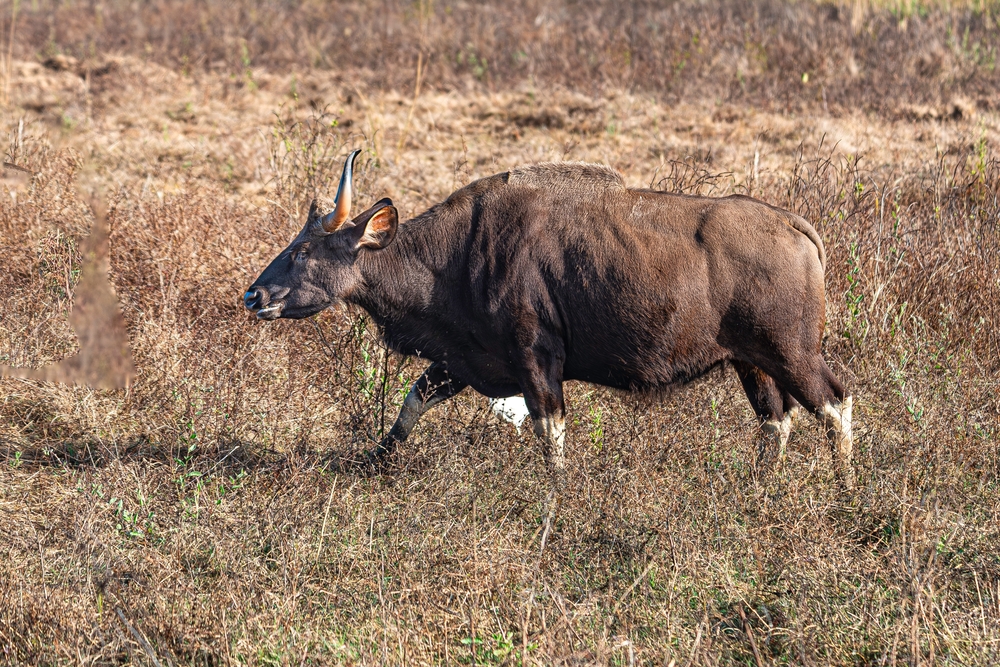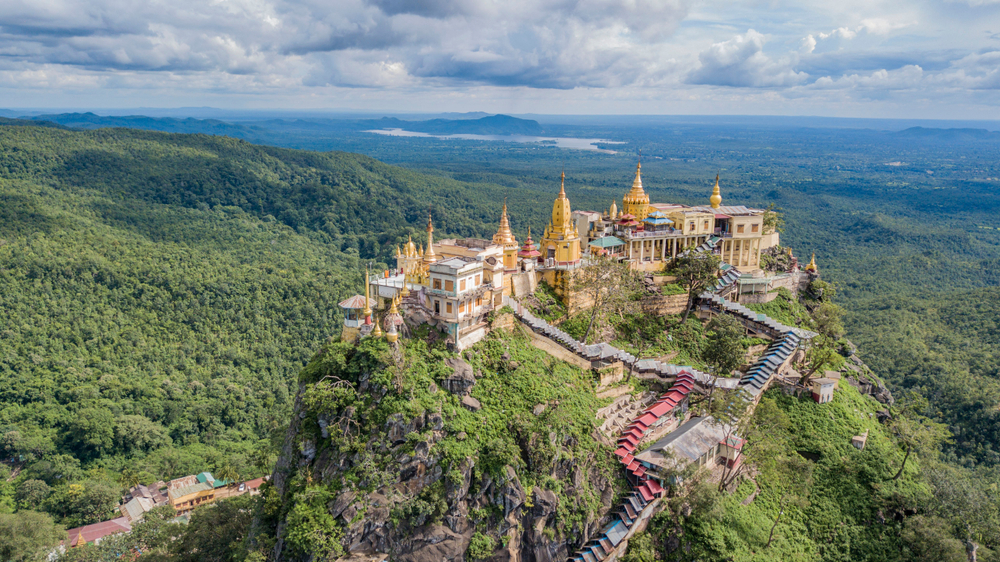Imawbum Overview
Imawbum National Park, known locally as Imawbawm National Park, is located in the northern reaches of Myanmar, within the dense forests and rugged mountains of the Chin Hills. Spanning an area of approximately 389 square miles (1,008 square kilometers), this park is a relatively new addition to Myanmar’s roster of protected areas, declared in 2020 to safeguard its unique biodiversity and cultural heritage.
The park is nestled near the border of India and lies within the ecologically significant Indo-Burma Biodiversity Hotspot, making it a key location for both scientific research and conservation. The terrain of Imawbum National Park is defined by its dramatic mountainous landscapes, which include soaring peaks, steep ridges, and lush valleys.
These elevations foster a wide variety of vegetation types, ranging from tropical evergreen and subtropical forests to temperate broadleaf woodlands at higher altitudes. Among the notable features are pristine streams and waterfalls cascading down rugged cliffs, which add to the natural beauty of the park. The area is also home to various bamboo and rhododendron species, as well as orchids that bloom vividly during the flowering seasons.
The park is a sanctuary for an incredible diversity of wildlife, including several rare and endangered species. Notably, it provides refuge for the red panda, a charismatic mammal that depends on these temperate forests for its survival. Other key species include the Asiatic black bear, clouded leopard, and a variety of primates, such as stump-tailed macaques. Birdwatchers are drawn to Imawbum for its rich avian diversity, with notable species such as hornbills, pheasants, and the beautiful Blyth’s tragopan, a species of pheasant that thrives in this habitat.
Imawbum National Park is still developing as a tourist destination, but its untouched wilderness and unique cultural context make it increasingly appealing to visitors seeking remote, immersive experiences. Trekking and guided wildlife tours are among the most popular activities. The park offers opportunities for cultural exploration as well, with visits to nearby Chin communities where traditional lifestyles and practices, including intricate tattooing customs, remain part of daily life.
The management of Imawbum National Park has faced numerous conservation challenges, including deforestation, illegal wildlife trade, and the pressures of human encroachment. However, its designation as a protected area is a significant step toward preserving its ecosystems. Collaborative efforts between the Myanmar government, conservation organizations, and local communities aim to ensure sustainable management of the park’s resources while promoting ecotourism. These initiatives have had early successes, such as increased community involvement in protecting wildlife corridors and raising awareness of biodiversity’s importance.








































































